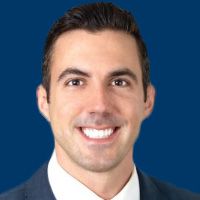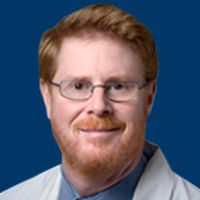HDAC Inhibitors in Multiple Myeloma
There are several theories on how histone deacetylase (HDAC) inhibitors work, notes Andrew Spencer, MD. It has been hypothesized that they may modify the action of a range of cytosolic proteins through alteration of the acetylation status, he adds, noting that the activity may differ somewhat from patient to patient.
The use of single-agent panobinostat in the post-transplant setting has shown that longer duration of therapy is associated with deeper responses, says Spencer, suggesting the drug is working as an epigenetic modifier or through immune modulation.
The phase III PANORAMA-1 study showed a 4-month progression-free survival improvement with panobinostat bortezomib and dexamethasone, and an almost doubling in depth of response, notes Jatin J. Shah, MD. There is also clear activity when panobinostat is combined with an immunomodulatory drug (IMiD), even in patients with lenalidomide refractory disease.
In patients who had one to three lines of prior therapy, panobinostat in combination with carfilzomib has shown response rates as high as 70% to 80%, adds Shah. Panobinostat, in combination with bortezomib, is associated with fatigue and gastrointestinal toxicities that need to be managed proactively. Combining the agent with other drugs will affect the toxicity profile, he adds.
The unique mechanism of action with HDAC inhibitors makes combining them with a proteosome inhibitor or IMiD an attractive option, states Maria-Victoria Mateos, MD, PhD. The combination of panobinostat and bortezomib and dexamethasone, in patients with relapsed/refractory disease covers an unmet need, she adds. This combination was approved in the United States and Europe in 2015.



